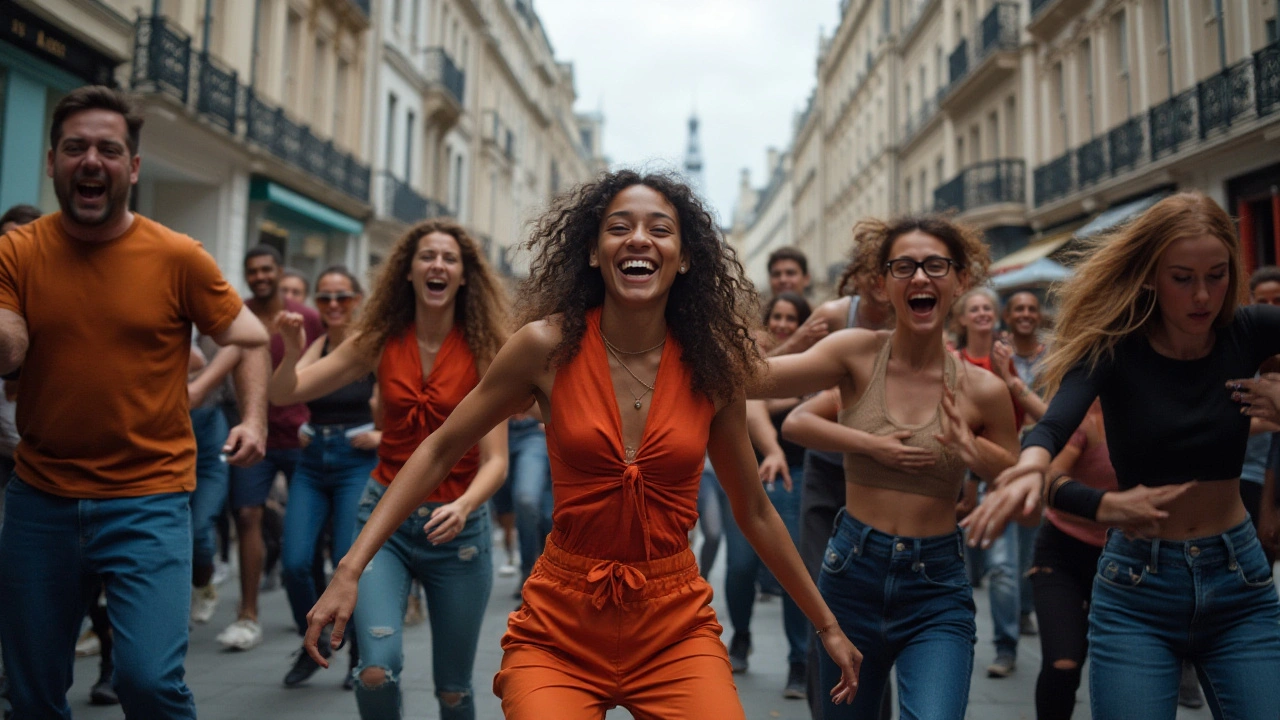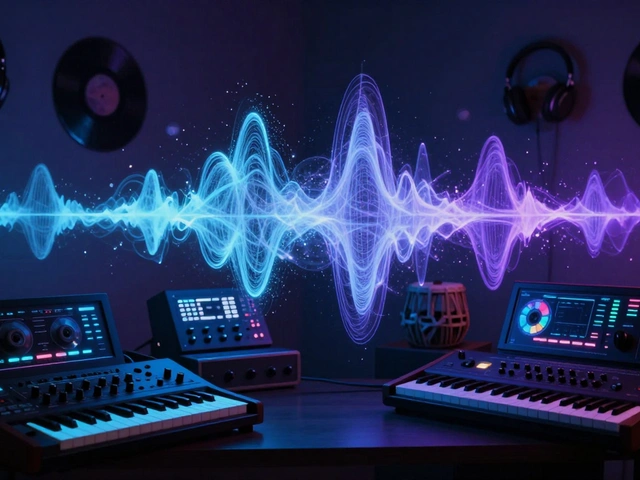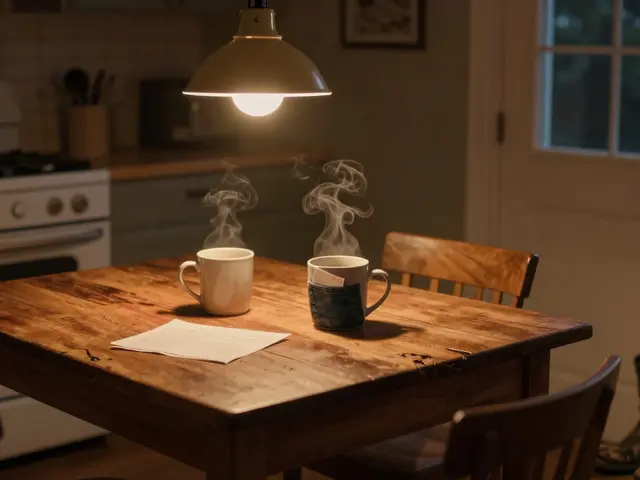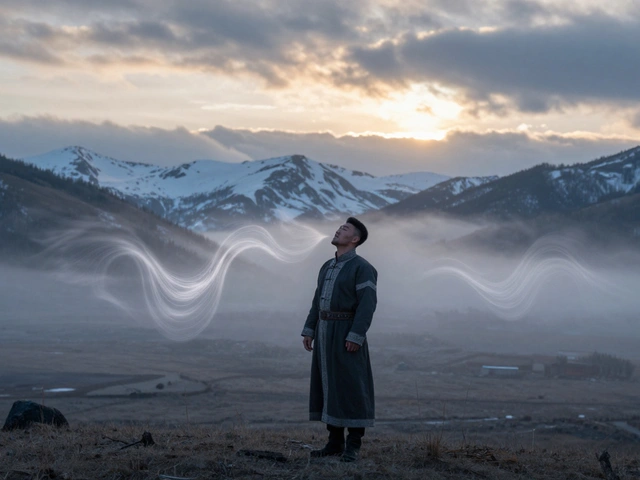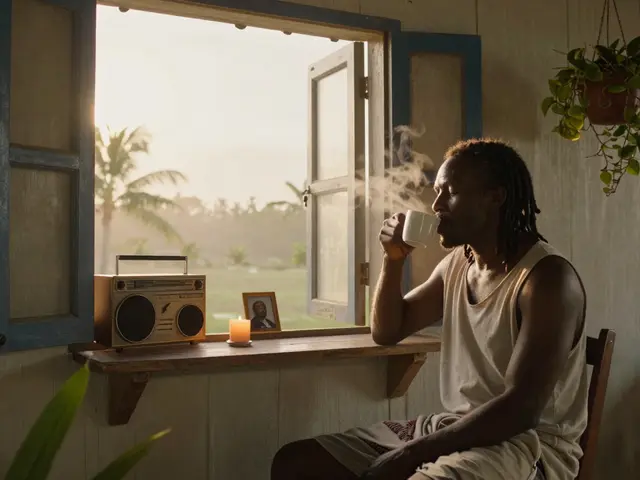In recent years, dubstep dance has transformed from an underground sensation to a world-renowned cultural staple. Its roots intertwine deeply with the pulsating beats and drops of dubstep music, offering performers a canvas to express their kinetic artistry.
As this dance genre continues to gain momentum globally, it's fascinating to observe not just the mastery of the performers, but also the ever-evolving diversity of styles and interpretations. From street performances to international competitions, dubstep dancers are capturing imaginations and inspiring the next wave of dance enthusiasts.
Whether you're an aspiring dancer eager to learn the moves or just a curious onlooker interested in the cultural dynamics, this exploration into the world of dubstep dance promises to offer valuable insights and perhaps even spark your own passion for movement.
- The Origins of Dubstep Dance
- How Dubstep Music Influences the Dance
- Key Moves and Styles in Dubstep Dancing
- The Global Phenomenon: Dubstep Dance Around the World
- Joining the Movement: Tips for Beginners
- The Future of Dubstep Dance
The Origins of Dubstep Dance
The dawn of dubstep dance can be traced back to the bustling music scene of late 1990s London, where the underground culture of electronic music was fermenting something truly unique. In dimly lit clubs of South London, music producers began experimenting with a blend of UK garage, two-step, and reggae influences, eventually giving birth to dubstep. This musical innovation heralded by artists like Skream and Benga, captivated youths who hungered for a genre that broke conventions and allowed for uninhibited self-expression.
On the dance floor, dubstep encouraged movements that were as unpredictable as the music itself. With its unconventional beats and bass, dancers found a way to mirror this erratic power with jerky, fluid, and often outlandishly creative moves. Initially, this wasn't called dubstep dance; it was simply an embodiment of the sound’s chaotic energy. It wasn’t long before dancers began incorporating influences from various dance styles, including pop and lock, robot, and even breakdance, which were more established genres.
As the 2000s rolled in, the rise of social media platforms and video sharing sites brought heightened visibility to dubstep dance. Videos showcasing signature dubstep moves went viral, transcending geographical barriers and encouraging a slew of enthusiasts to experiment with their own styles. A turning point in the recognition of dubstep dance came when Marquese Scott, popularly known as 'NONSTOP', uploaded his mesmerizing routine to Butch Clancy’s remix of Foster the People’s "Pumped Up Kicks". The video attracted millions of views, planting the seeds for what would become a worldwide dubstep dance revolution.
As the genre gained traction, inspiring an ever-growing legion of dancers, it wasn’t just the general public but creative professionals who took notice. Dance studios began offering classes dedicated exclusively to mastering this new form. In a 2011 interview, Scott remarked:
"Dubstep dance gives you freedom. It’s a style where you can showcase your identity in the most creative ways possible."His sentiment reflects the allure of a style that thrives on personal expression, symbolizing the heart and spirit of dubstep culture.
While dubstep music creators often put emphasis on technical skills and production, the dance scene places a refreshing focus on improvisation. Dancers respond instinctively to the music, showcasing their individuality through the interplay of rhythm and movement. This spontaneous engagement has contributed to a worldwide dissemination, making dubstep dance a universal language of expression across ages and cultures.
How Dubstep Music Influences the Dance
Dubstep dance, intimately intertwined with its musical counterpart, thrives on the unique characteristics of dubstep music, a genre that emerged from the vibrant UK underground scene. This music is renowned for its complex basslines, syncopated rhythms, and sudden tempo shifts, all of which create a soundscape ripe for innovation and expression in dance. Dancers harness these musical elements, interpreting the intricacies of bass drops and the subtleties of treble frequencies, transforming them into rhythmic movements that captivate and inspire.
The dance style is responsive to the inherent unpredictability of dubstep music, which is characterized by its heavy use of wobbles and otherworldly sound effects. These sonic features compel dancers to explore movements that are often as unpredictable and dynamic as the music itself. The push and pull of the bassline create a natural ebb and flow, dictating the very tempo and style of the dancer's movements. This dynamic interaction between the music and the choreography allows dancers to encapsulate an ever-evolving dialogue between sound and motion.
Interestingly, dubstep music’s ability to inspire dancers goes beyond rhythmic patterns. One prominent figure, Tony “Dancing Tony” Jackman, once said, "The music tells a story without words; it's the dancer's role to give it form." This storytelling aspect is crucial as dancers interpret the emotion and energy conveyed through the music, projecting it through expressive and sometimes explosive physicality. The genre's emphasis on deep bass and intricate sound patterns gives dancers both the challenge and the opportunity to explore creative spatial movements, incorporating elements reminiscent of breakdancing, contortion, and robotics.
The global reach of dubstep dance is partly due to the genre's flexibility in incorporating various influences, creating a melting pot of stylistic diversity. In many dance circles, performers are encouraged to experiment, pulling in movements from hip hop or even traditional styles, creating an eclectic fusion that both respects its roots and pushes the boundaries. The result is a dance form that thrives on innovation, constantly evolving alongside the music that inspires it, remaining open to endless interpretation and adaptation.
For many dancers, dubstep music acts as both a palette and an instructor, guiding them through a spectrum of movements from the intense and rapid to the slow and fluid. The dance often crescendos around the music’s breakdowns and builds, marking the piece with dramatic transitions. This interplay is not just in professional or competitive settings; it is equally tangible on dance floors at clubs and online platforms where dancers share their creative interpretations, making dubstep dance a shared language that continuously adapts and grows with its pulse.
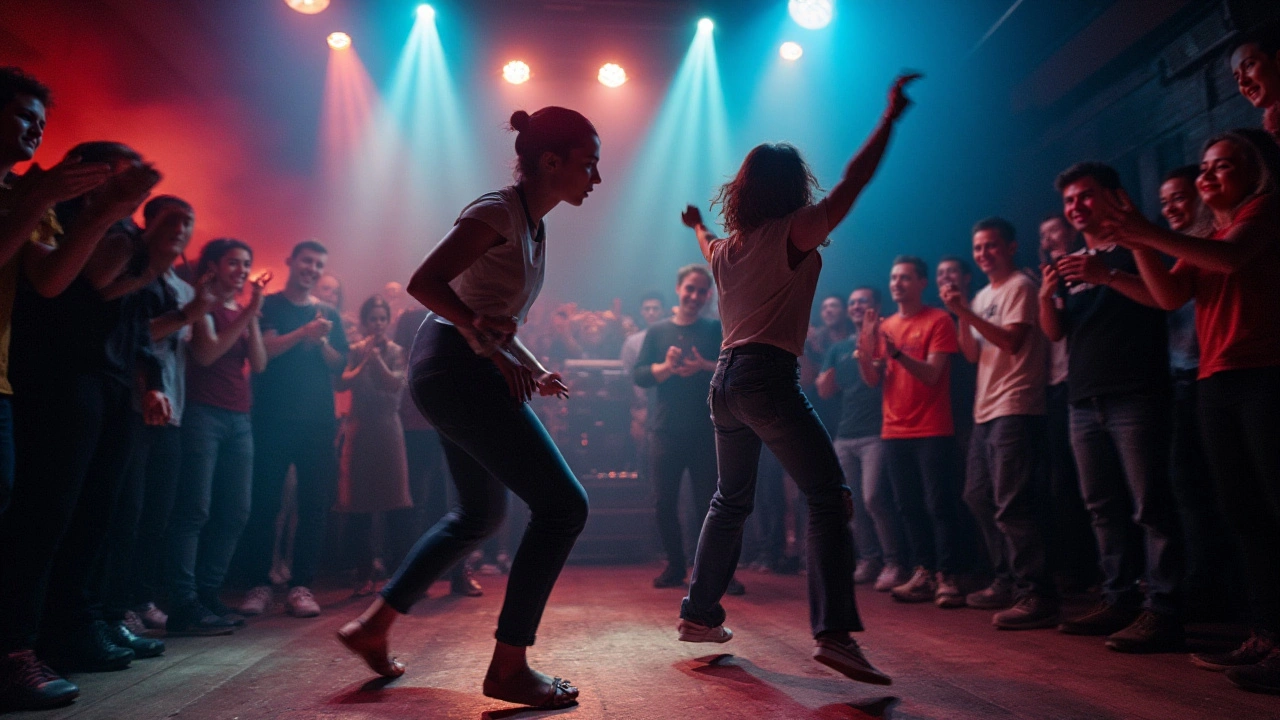
Key Moves and Styles in Dubstep Dancing
Dubstep dancing is a dynamic fusion of creativity and physical expression that mirrors the intricate nature of dubstep music itself. At its core, this style is highlighted by its signature movements that involve sharp, isolated body parts, such as the robotic popping and locking that sends angular limbs stretching in unexpected directions. These movements are frequently accompanied by the famed "glides" and "waves," where dancers appear to glide effortlessly across the floor, creating the illusion of weightlessness. Another cornerstone move in dubstep is "tutting," where fingers and hands move in defined, geometrical patterns, often synchronized with the rhythmically intensive beats of dubstep music.
One cannot overlook the influence of hip hop dance elements in dubstep dancing. As these two genres share a common lineage, there is an evident crossover in movement vocabularies. Yet where dubstep sets itself apart is how it embraces the unpredictable drops and shifts within the music, harmonizing them with a contrasting mix of fluid and staccato motions. Modern dubstep dancers have also adopted newer styles, such as "animation," which mimics stop-motion animation techniques, giving the performance a surreal quality. The progression and refinement of these styles have transformed dubstep into a formidable discipline, engaging not just dancers, but also captivating audiences with every complex move.
With so many styles evolving within the genre, dubstep dance continues to thrive as a compelling form of artistic expression. The creativity and individuality it allows is perhaps best described by Martha Abbate, a renowned dancer in the scene, who once said:
"Dubstep dance lets you tell your story without words. It's about how you interpret the music inside you and let it drive your every move."This genre has nurtured an environment where improvisation is as part of the dance as the more structured routines. Dancers often infuse their personalities and cultural backgrounds into their performances, making each routine a unique spectacle. It’s not just about memorizing steps but feeling the music and letting it lead the body into uncharted territory, resulting in an always exhilarating dance experience that keeps audiences on the edge of their seats.
Essential Moves in Dubstep Dance
For those eager to master dubstep dancing, building a repertoire of essential moves is crucial. A beginner might start with learning to "pop," which involves quickly contracting and relaxing muscles to cause a jerk in the dancer's body, accentuating the sharp beats of the music. Next, the "wave" involves a fluid motion that travels through the body, creating a shimmering effect. Although it looks complex, breaking it down into smaller segments—starting from the finger to the shoulder and then traveling down to the hips—makes it easier to master.
- Popping and Locking: Mastering precision in sharp, sudden movements.
- Gliding: Creating the illusion of floating or skating on air.
- Tutting: Utilizing geometric shapes with one’s hands.
- Waving: Sequential fluid movements through the body.
- Animation: Emulating the movement style of stop-motion animations.
These foundational moves pave the way for more advanced techniques, allowing dancers to explore and refine their personal style within dubstep dancing. Each dancer's journey in this genre becomes a personal exploration of rhythm and movement, proving that there's no limit to what can be achieved on a dubstep dance floor.
The Global Phenomenon: Dubstep Dance Around the World
The vibrant energy of Dubstep Dance sweeps across continents, leaving an indelible mark on diverse cultures and communities. But what is it about this high-voltage genre that captivates and transcends borders? At its core, dubstep dance encapsulates the raw intensity of its musical counterpart, offering an expressive outlet that resonates universally. The marriage of intricate movements and heart-thumping beats creates a spectacle that is hard to ignore. In neighborhoods from Brooklyn to Berlin, you’ll find groups gathered around a lone dancer, entranced by fluid isolations and gravity-defying tricks. With the rise of social media platforms, such performances are catapulted into the digital sphere, reaching global audiences hungry for fresh artforms.
Internationally, cities are swiftly becoming hubs for Dubstep Dance competitions, workshops, and jams. In Seoul, for instance, street dancers have infused traditional Korean movements with dubstep rhythms, giving rise to a unique fusion that's both innovative and respectful of cultural heritage. Tokyo has taken it a step further, with annual festivals that draw participants and spectators alike from all corners of the globe, each eager to witness the evolution of this satirical art form. Europe, too, is not far behind; venues in Paris and London regularly host competitions that continue to challenge and expand the boundaries of traditional dance genres.
The evolution of Dubstep Dance into a worldwide sensation is propelled by iconic influencers and notable events. Legends like Marquese Scott have been pivotal, championing the style through viral videos that boast tens of millions of views. "When you watch a dubstep dancer, you're not just seeing movement," Scott once said.
"You're witnessing the soundscape of a new generation unfold before your very eyes."Such passion and dedication inspire countless others to take their first tentative steps into the world of dubstep dance, each hoping to add their unique flavor to the global mix.
Interestingly, as Dubstep dances traverse the globe, they have also prompted academic inquiry and research. Scholars in dance studies and musicology examine the genre’s impact on cultural identity and international music fusion. Statistics show that more than 40% of dance schools worldwide now offer courses incorporating Dubstep elements, reflecting the growing demand for incorporating this dynamic style into mainstream dance curricula.
The community embodies an inclusivity that embraces the differences and similarities found in human expression. Dance studios, community centers, and even open sidewalks become stages for this ever-evolving art form, setting up platforms for expression and connection through movement. The global rock of Dubstep Dance keeps moving us, no matter where we are in the world.
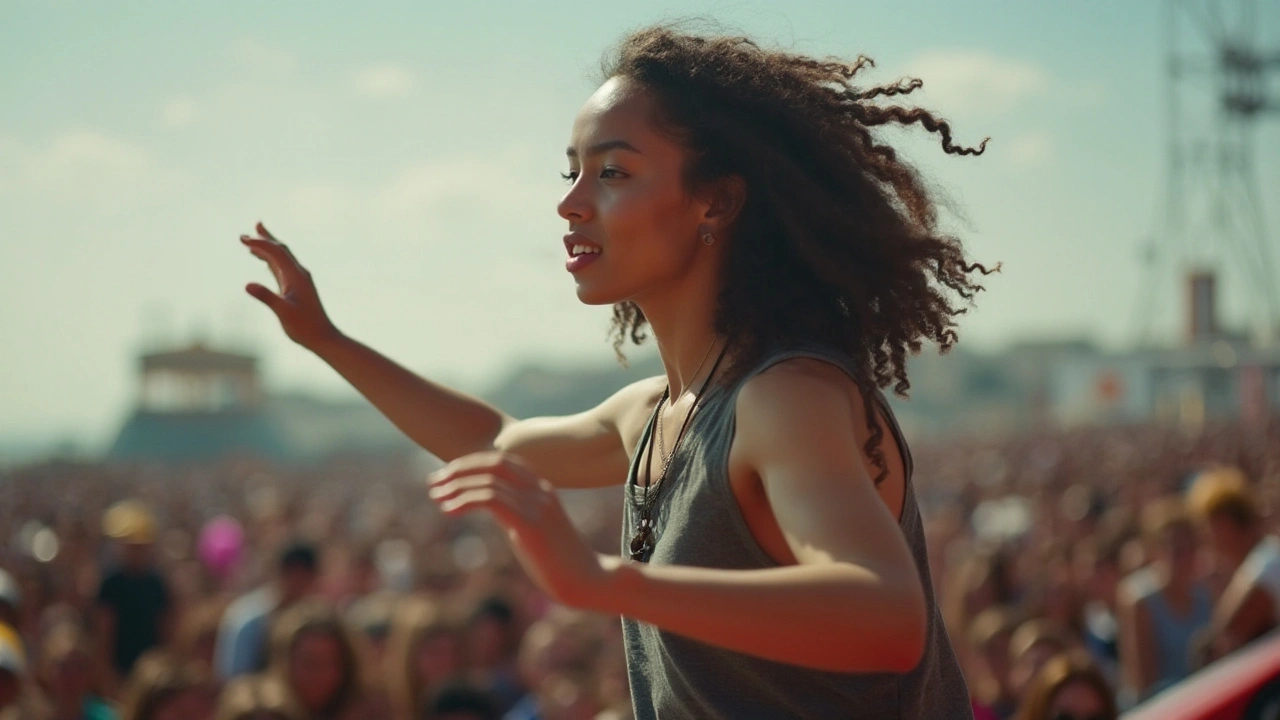
Joining the Movement: Tips for Beginners
Stepping into the world of dubstep dance can seem daunting at first, but with the right mindset and approach, anyone can catch the rhythm of this exhilarating movement. One of the first things to embrace is the unique relationship between dubstep music and its accompanying dance. The genre's signature wobble bass and syncopated drum patterns provide a distinctive beat that invites dancers to move in unexpected ways. Aspiring dancers should start by immersing themselves in the music; listen not just to the beat, but to the emotions and energy each song conveys.
Once you've acquainted yourself with the music, it's time to hit the floor. For beginners, mastering some of the basic moves of dubstep dance is key. Moves like the robot, pops, and locks form the foundation of many routines. It's crucial to practice these in front of a mirror to become comfortable with your body's movement patterns. Don't rush the process; take time to perfect each motion, focusing on clean lines and sharp transitions. Remember, practice makes progress.
Joining online communities or local dance classes dedicated to dubstep is another constructive step. These platforms offer insights, tutorials, and most importantly, support from others who share the same passion. You'll find tips from more experienced dancers and perhaps stumble upon virtual dance-offs where you can showcase your skills. A good community can be a source of inspiration and vigor; as renowned choreographer and dancer, Parris Goebel, once said,
“Dance is about being exactly who you want to be in the moment.”
Consider incorporating technology into your learning process. Filming your practice sessions can provide invaluable feedback, helping you spot areas for improvement you might miss otherwise. Watching recordings of experienced dancers, not just professionals but peers as well, can inspire new moves and combinations. Also, don't hesitate to explore apps and platforms that offer interactive dance lessons, catering specifically to the needs of modern dancers.
For a more structured approach, gradually build your routine. Break down the learning process into manageable segments. Start with learning specific moves, then mix these into short sequences, followed by complete dance routines. Consistently dance to a variety of dubstep tracks, as this will improve your adaptability and rhythm understanding. Over time, you'll find your own style emerging – an authentic expression of the dance that's uniquely yours.
Lastly, the performance aspect is significant. Dubstep dance is not just about technical precision; it's about performance energy and charisma. Engage with your audience, even when practicing alone. Consider your facial expressions, your posture, and how you transition smoothly from one move to another. After all, dance is a visual art that communicates even when words are unnecessary.
The Future of Dubstep Dance
The dynamic nature of dubstep dance assures its place at the forefront of dance evolution. As digital cultures continue to merge with physical expressions, dubstep dance stands as a powerful testament to this fusion, thriving on its adaptability and innovation. With VR and AR technologies pushing the boundaries of immersive experiences, dancers are beginning to explore how these tools can complement and expand their artistic performances. It’s not just about dancing to a beat anymore; it’s about creating a sensory experience that connects audiences across the globe. The technological advancements allow dancers to craft visual environments that enhance the storytelling aspect of their performances, creating a holistic art form previously restricted to the physical world.
Moreover, as communities around the world continue to embrace and reinterpret dubstep dance in culturally unique ways, we see a tapestry of styles and movements that enrich the genre. From traditional Indian Bharatanatyam influences to Latin-infused rhythms, the future is a global melting pot of inspiration. Dance workshops and conventions worldwide are increasingly becoming melting pots of this cultural exchange. The younger generation, who grow up surrounded by technology and social media, are both the audience and the innovators. With platforms like TikTok and YouTube becoming stages, more dancers find fame and create viral trends, often shaping how the art form will continue to evolve.
There is also an educational shift as institutions begin to introduce dubstep dance into dance curriculums, recognizing it as a legitimate discipline worthy of academic exploration. As Dr. Maria Chen, a dance historian, notes,
"The inclusion of street and modern dance styles within academic settings represents a broader acceptance and acknowledgment of diverse cultural expressions."This increased legitimacy helps break down cultural barriers and promotes a more inclusive atmosphere within the dance community. As more people engage with dubstep dance, the potential for collaboration across other art forms grows, leading to multi-disciplinary performances in theater, film, and beyond.
The economic impact should not be underestimated either. With brands seeking avant-garde expressions, dubstep dancers are increasingly being pulled into mainstream media and advertising. Their unique style offers a fresh, captivating way to engage audiences, and this mutually beneficial relationship continues to push both the art and the market forward. As we look ahead, it’s crucial to consider how the support and opportunities for dubstep dancers can create sustainable careers, encouraging a dedicated pursuit of passion. In summary, the future of dubstep dance is a symphony of art, technology, community, and commerce, each playing their part to craft a rhythm that will echo through the ages.

